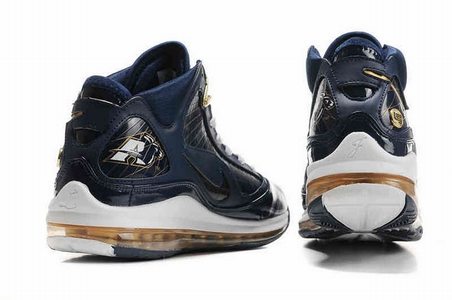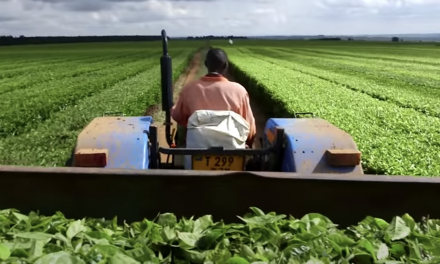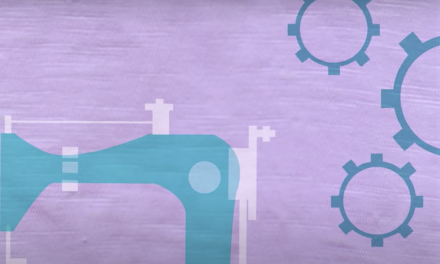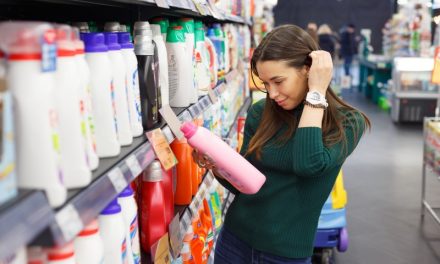Although there are now many Fair trade products available on the shelves of stores the movement began with what may still be the offering most familiar to consumers if you ask them about the initiative; fair trade coffee.
Global Coffee Facts
Legend has it that the fact that the beans from the coffee bean tree could be used to create a tasty and energizing beverage was first discovered by weary goat-herders in the Kaffa province of Ethiopia. Although that story is not formally documented the fact that 12th century Yemenites seeking a way to stay up all night to pray turned to coffee to do so is. And the rest, as they say, is history. By the 16th century, coffee was being widely consumed in Africa and the East and it had even made its way to Europe where it quickly became the fashionable choice of the wealthy.
These days of course coffee is a staple that many of us could not imagine starting the day without. Global coffee consumption has in fact doubled in just over 40 years, leaping from 4.2m tons in 1970 to 8.8m tons in 2014 and the US is the world’s largest consumer of imported coffee. Chains like Starbucks make billions and even fast food restaurants like McDonalds have entered the gourmet coffee arena successfully.
If there is one thing that’s for sure it’s that we love our coffee. We just really don’t usually have much of an idea what goes into growing and making it or what challenges and difficulties coffee growers face. And there are far more than just a few.
Coffee and the Fairtrade Initiative
As we just mentioned, it was coffee that got the concept of fair trade off the ground in the first place. Although coffee is grown, harvested and produced in more than 70 countries worldwide 70% of it comes from Latin America. And when global coffee prices crashed in the late 1980s many coffee farmers in the region were left in dire straits, forced to accept less than half per pound than just a few months before.
All of this led to the creation of the very first Fairtrade product. An initiative of the Dutch development agency Solidaridad, Max Havelaar coffee, produced by Mexican coffee farmers, hit the shelves of Dutch supermarkets in 1989 and the idea has spread far and wide ever since. The coffee, by the way, was named after the main protagonist in a transformational Dutch novel of the same named that helped change the unfair policies and grueling conditions workers faced in the Dutch colonies in the 19th century, making it very appropriate for use in this situation.
What Fair Trade Does for Coffee Farmers
At the heart of the initiative as it applies to coffee growers is an assurance that under the fairtrade system they will always be guaranteed the Fairtrade Minimum Price for their goods, along with extra money – around 20 cents per pound – that is to be used specifically to grow the business. In addition, organic coffee farmers receive an additional 30 cents per pound as long as their farming methods meet the accepted standards for organic produce.
What this means that even if the global coffee market fluctuates significantly, which it has several times since the crash of the Eighties, these smaller producers are still assured of a fair return on all of their hard work, safeguarding their businesses for the future and allowing for much-needed growth.
As is the case for all Fair trade certified offerings in order to remain in the program providers must meet certification standards at all times. These include rules on minimum wages paid to workers, sustainable farming practices and the assurance of a discrimination-free workplace for women.
More Than Just a Fair Price
Fair trade does provide more to coffee farmers than a fair price, though. Some may be able to access Fairtrade Premium, a source of additional capital to help improve infrastructures and provide worker education. There are also a wealth of educational resources available to all that help coffee farmers from all over the world remain competitive in an ever-changing market.
So, the next time you are in the coffee aisle at the supermarket and are faced with a choice between a big name brand and a fair trade coffee remember that by deciding on the latter you will not only be getting a great cup of coffee but your dollars will be making a real difference in someone’s life far away as well.





